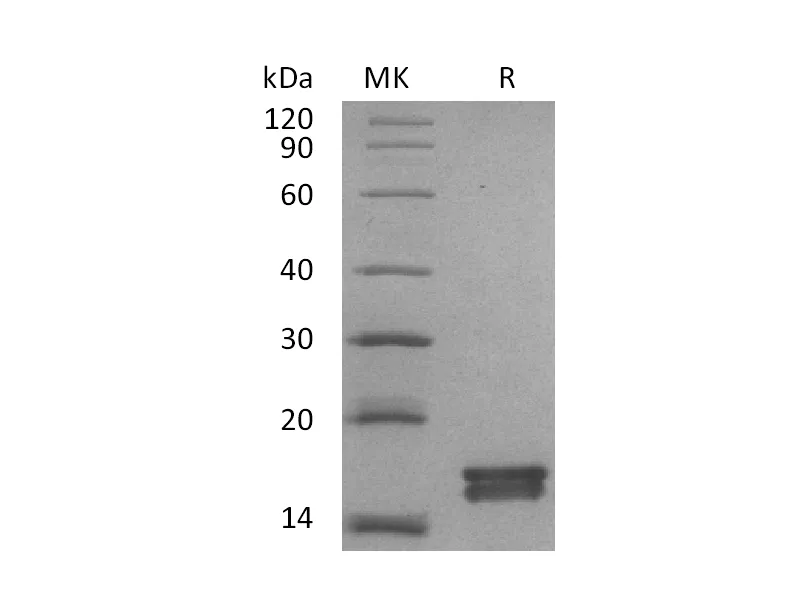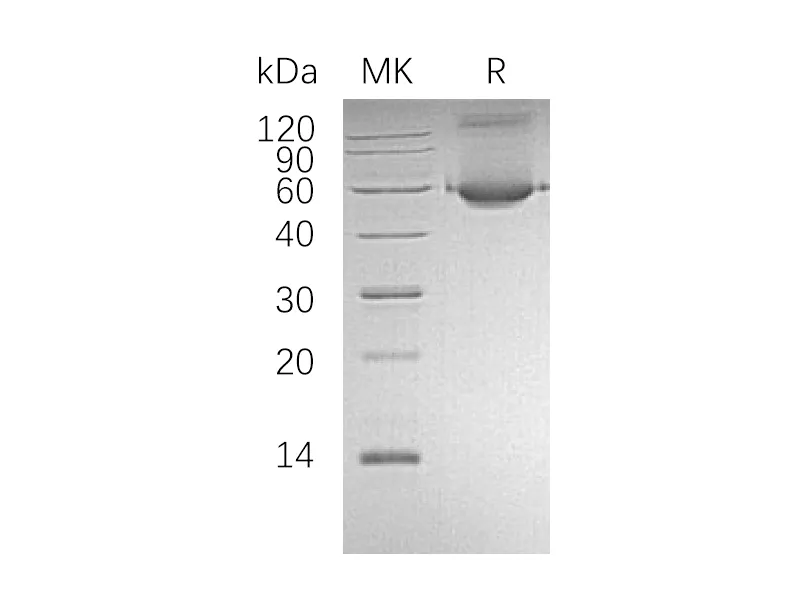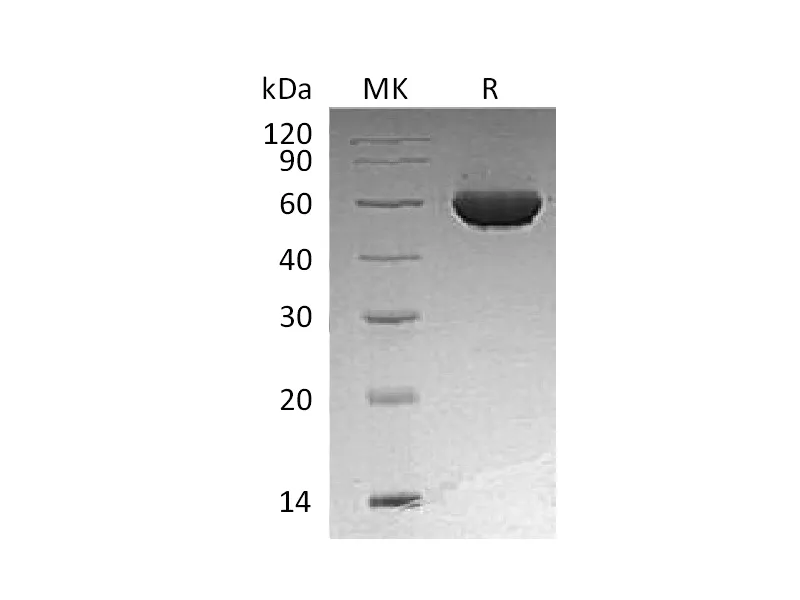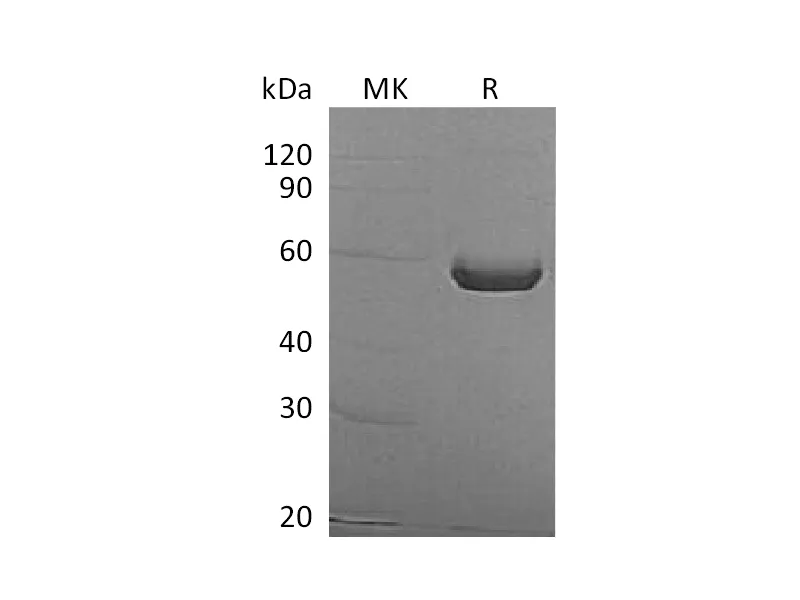Alternative Names
Cystatin-C; Cystatin-3; Gamma-trace; Neuroendocrine basic polypeptide; Post-gamma-globulin; CST3
Background
Cystatin C is a member of family 2 of the cystatin superfamily. It is ubiquitous in human tissues and body fluids and mainly used as a biomarker of kidney function. Cystatin C inhibits many cysteine proteases such as papain and Cathepsins B, H, K, L and S. As an inhibitor of cysteine proteinases, Cystatin C is thought to serve an important physiological role as a local regulator of this enzyme activity. Recently, it has been studied for its role in predicting new-onset or deteriorating cardiovascular disease. It also seems to play a role in brain disorders involving amyloid (a specific type of protein deposition), such as Alzheimers disease.
Note
For Research Use Only , Not for Diagnostic Use.




